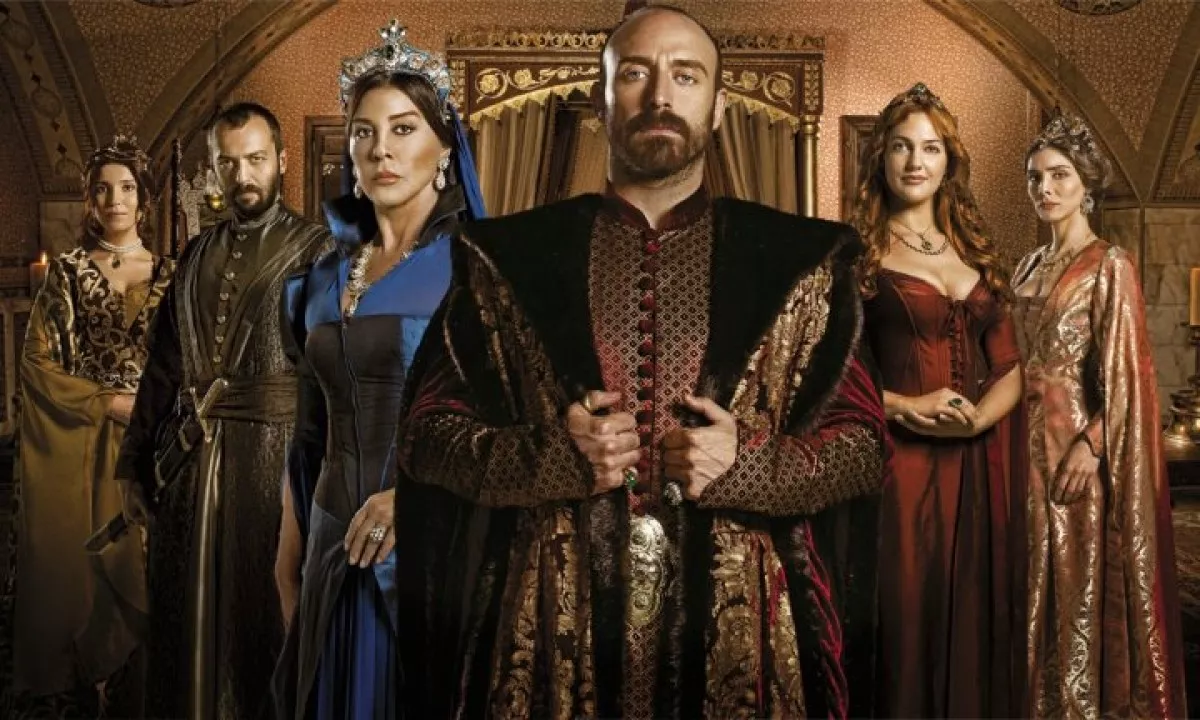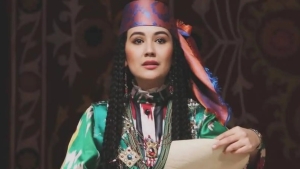Historical errors in the Great Era series have been identified

The "Great Century" series has gained significant attention from viewers around the world due to its palace intrigues, luxurious costumes, and complex love plots. This was reported by Upl.uz.
The depiction of the history of the Ottoman Empire in this series captivates viewers and encourages them to feel the events alongside the characters. However, the creators of the series often prioritize dramatic impact over historical accuracy, adding events that did not exist in real life.
Some important scenes, although they evoke strong emotions from fans, have been revealed to be products of the screenwriters' imagination. One of the most memorable scenes in the series is the wedding ceremony of Suleiman the Magnificent and Hurrem.
This event is portrayed in the series as a grand celebration: a ceremonial event, astonished palace attendants, and a tense atmosphere in the harem. Hurrem confidently steps into her new role in a white dress, and viewers excitedly watch this historical moment.
However, historians emphasize that such an official marriage did not take place. In the Ottoman Empire, sultans did not enter into official marriages with their concubines.
The traditions of that era did not accept such unions. A concubine, even if favored, could only hope for emancipation from slavery and to hold an honorable status as the mother of the heir to the throne.
Researchers of Ottoman history note that the wedding of Hurrem and Suleiman is a fictional event created by the screenwriters to enhance dramatic effect. Hurrem's white dress is also not confirmed by historical sources and is viewed as a modern interpretation.
Another deviation from historical reality is related to the number of Hurrem's children. In the series, she is depicted as having many children, creating the impression that her descendants were forming the basis of the Ottoman ruling dynasty.
Viewers witness continuous births and feel her influence and power in the harem. In reality, Hurrem had five children: four sons (Mehmed, Selim, Bayazid, Jihangir) and one daughter (Mihrimah).
While this is a significant number for that time, it is not as large as portrayed in the series. The screenwriters may have aimed to emphasize Hurrem's role as the mother of heirs and increase her importance by increasing the number of children.
Although this approach adds dramatic effect, it strays from historical facts. In real life, the sultan's other wives also bore children, and the harem had a more complex structure.
According to historical sources, Hurrem Sultan, also known as Roxelana, was not only a concubine but also a person of political influence. She corresponded with foreign rulers, including King Sigismund II of Poland, which was an unusual situation for women in the Ottoman Empire.







